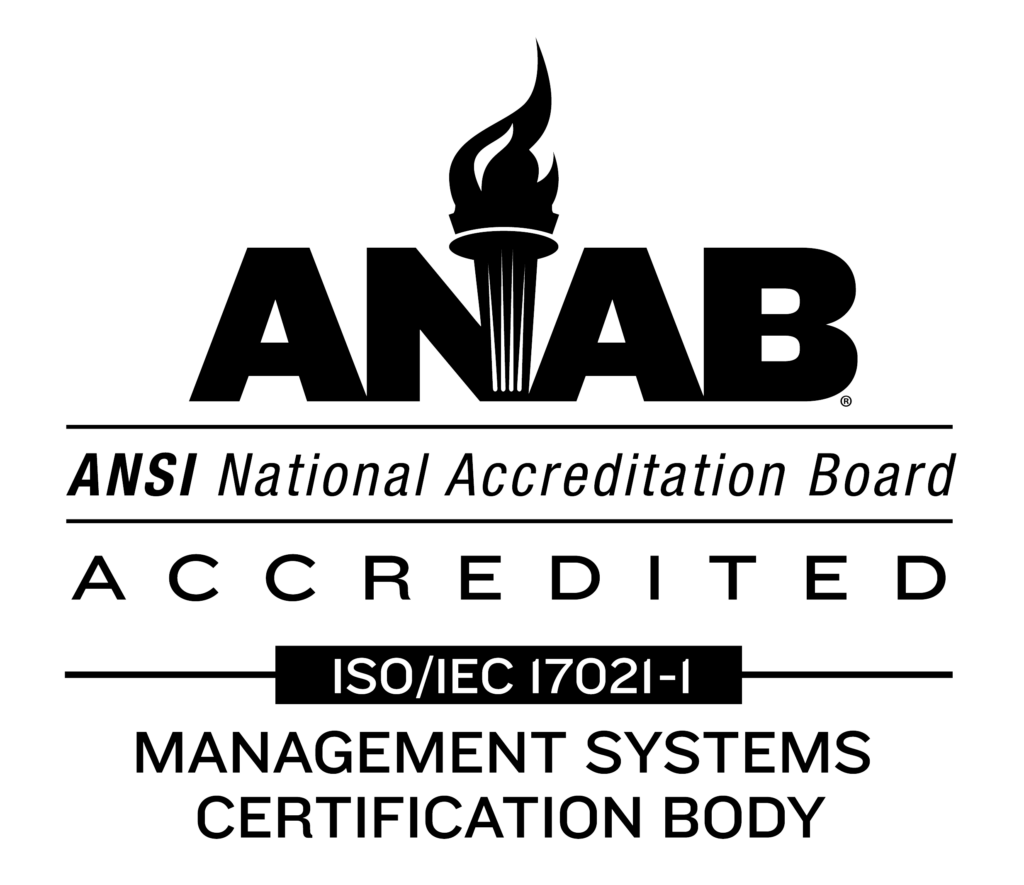*This is part of a series of blogs examining Sensor-2-Server (S2S) communications, development and implementation.
Last week, in part one of our series, we worked to define Sensor-2-Server (S2S) for IIoT communications, the access layer, and high-level applications. This week, we’re looking at the actual implementation of S2S communication systems.
Implementing S2S Communications
When implementing S2S networks, the operator needs to have a solid understanding of the following:
- What sensor data do I want to collect?
- What does the architecture look like?
- Where does the data need to come from and where does it need to go? For example, is it just going to SCADA or is it going to other data sources?
These key details will drive the selection of the technology that best fits, in addition to the physical environment where it needs to transmit data. Carefully selecting the right pieces will help in architecting the network. In order to make S2S work, an operator needs to understand the physical environment needs. Everything is unique when it comes to RF in particular, and an operator must fully understand their environment if they want to be successful. The ability to collect the data is the first step in improving intelligence of Sensor-2-Server communication, which starts with technology selection.
Four Tenets of Sensor-2-Server
To establish the most effective S2S communications network, there are four core tenets that the technology must support: collecting the data, protecting the data, transmitting the data and controlling the data.
Collect – The technology must allow the operator to collect data from any sensor – whether the sensors are analog or digital, wireless or wired. In some instances, the technology may need the extended ability to collect data at the access layer in a data logging fashion – allowing the operator to collect it, store it locally and make it available to SCADA systems.
Protect- The intelligent communication must be able to protect the network against cyber-attacks. It must fix the boundary between the sensor and backbone network. Without ample security in the environment, many industries can be at risk for severe consequences such as compromised data or denial of service.
Transport- The data must be transported to the appropriate location for analysis, no matter where the data is collected from. Operators should look for a system that offers seamless wireless data connectivity from Sensor-2-Server.
Control- The Sensor-2-Server technology must add intelligenceto the access layer. Data logging is critical, and operators must have the capability to pull data in and control what happens with the data and where that data is stored. Users can leverage that data at the local level or back at the core network.
S2S technology can be effectively deployed in the energy sector, whether it is oil and gas, electric power, solar, wind and or tide- based energy. Additionally, utilities, precision agriculture and irrigation can also benefit from intelligent S2S communication. With an intelligent communication system, operators can leverage new technology to improve the profitability of their businesses in ways previously considered impossible. For example, if an oil and gas company can use predictive analytics to estimate the price per barrel, the company can be more responsive – in real time – on its oil production levels. The data gathered from predictive analytics can help operators determine if production should be increased or decreased in certain areas, thus driving higher profitability. These technologies can also lead to cost reduction. For example, by deploying S2S technology at the oil well, the operator does not have to send as many workers out in the field to manually collect data. By enabling multiple benefits (profitability and cost reduction), S2S offers a value proposition that is getting the attention of many industrial operators.
Next Week
Next week, we’ll look at the benefits of intelligent Sensor-2-Server communications, as well as some of the important security considerations.





